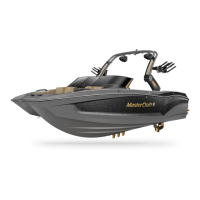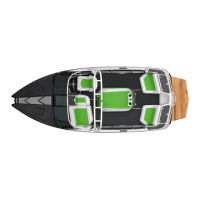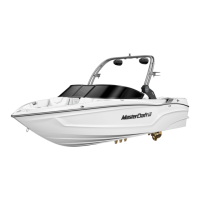43
/
2023 OWNER’S MANUAL
SAILING VESSEL RIGHT-OF-WAY
Sailing vessels should normally be given the right-of-way.
The exceptions to this are:
When the sailing vessel is overtaking the power-driven vessel,
the power-driven vessel has the right-of-way.
Sailing vessels should keep clear of any fishing vessel.
In a narrow channel, a sailing vessel should not hamper the safe
passage of a power-driven vessel that can navigate only in such
a channel. A sailing vessel that is underway but not using sails is
considered a power vessel and should be treated like any other
power vessel when determining right of way.
FISHING VESSEL RIGHT-OF-WAY
Under international rules, all vessels that are fishing with nets,
lines or trawls are considered to be fishing vessels; however, boats
with trolling lines are not considered fishing vessels.
Fishing vessels have the right of way, regardless of position, but
these vessels cannot impede the passage of other vessels in
narrow channels.
OTHER SPECIAL SITUATIONS
There are additional rules to remember when operating your boat
around other vessels, such as:
• When navigating in narrow channels, you should keep to the
right when it is safe and practical to do so.
• When preparing to go around a bend that may obstruct your
view of other water vessels, you should sound a prolonged blast
on the horn or with a whistle for four (4) to six (6) seconds. Even
if no reply is heard, you should still proceed around the bend
with caution.
